Everything you ever wanted to know about Mexican cheeses
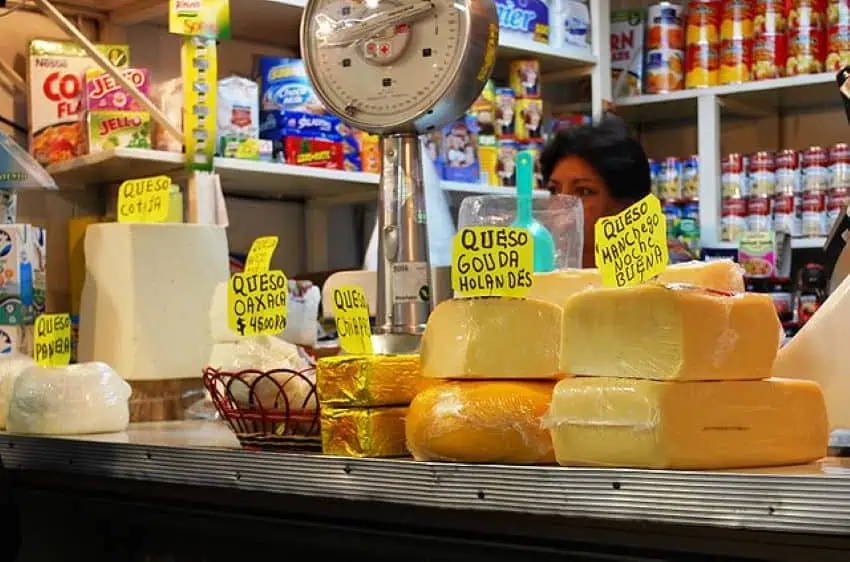
When it comes to internationally famous cheeses, Mexico is not quite on the map yet. The country isn’t known to produce the smelly cheeses so fancied by Eurocentric fromage connoisseurs, where it seems the stinkier the cheese, the more highly awarded. Nor are Mexican cheeses of the highly processed variety seen in much of the United States, where industrialized shreddings and plasticky cheese-ish substances in unnatural colors abound.
A 2016 study found that the majority of cheese in Mexico is produced by small-scale or artisan cheesemakers, with around 70% of all Mexican cheese coming from these producers. This artisanal approach often uses small-batch production, raw milk and traditional methods, leading to various delicious flavors and textures.
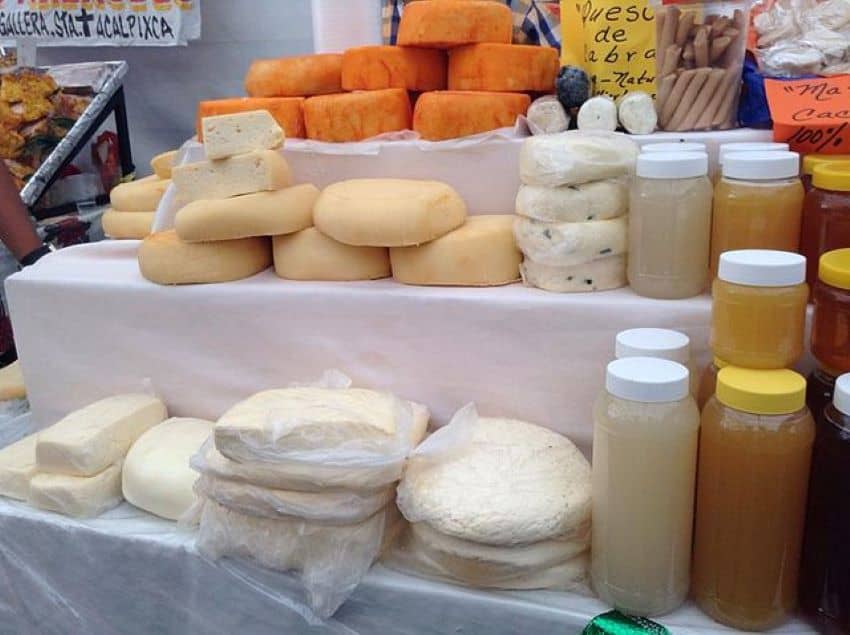
Cheesemaking in Mexico originates from the Spanish conquest, as dairy products were unknown in pre-Columbian Mesoamerica. In 1521, Spanish conquistadors brought cattle, sheep and goats to the New World, permanently changing dietary habits. Over time, the blending of European and Indigenous peoples and traditions led to the modification of cheeses to suit creole tastes.
For our dearest readers, we unpack the créme de la créme of the national cheese scene in our guide to some of Mexico’s most popular cheeses below:
Cotija: The Mexican Parmesan
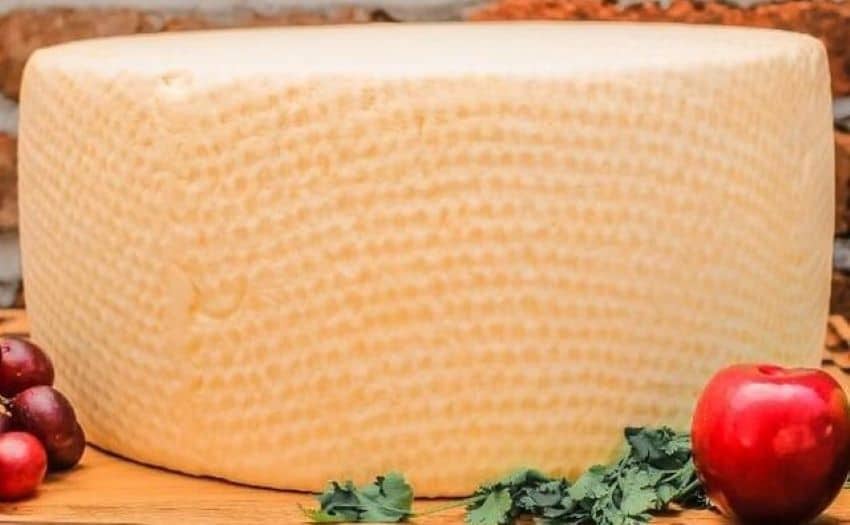

Hailing from Michoacán, this crumbly delight is Mexico’s answer to Parmesan. Aged for a minimum of 100 days and sometimes up to a year, cotija develops a salty flavor with a milky undertone that intensifies over time. Its hard, crumbly texture makes it a staple garnish in Mexican cuisine, where it lends a savory kick. You’ll find cotija sprinkled generously over popular dishes such as esquites, tacos and enchiladas, adding depth and umami richness.
Queso panela: Standing firm
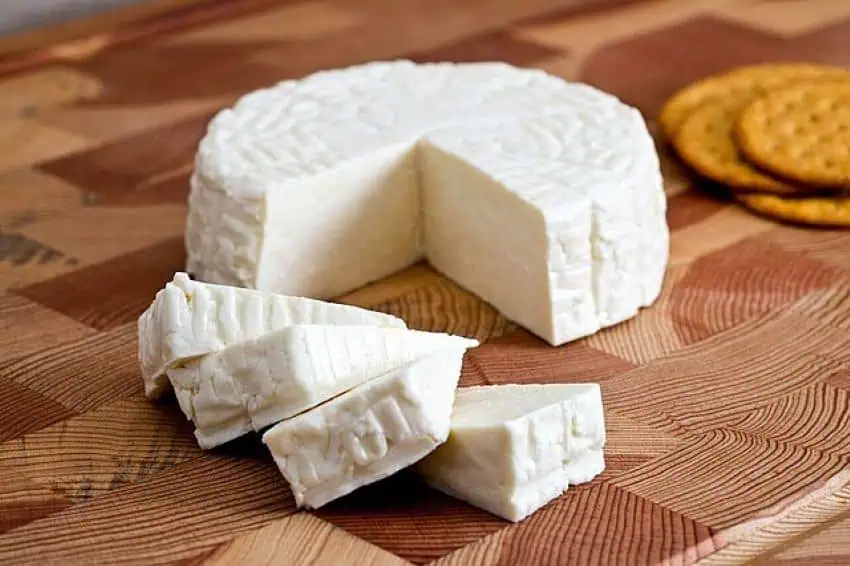

This firm, fresh cheese is a versatile player in central and southern Mexican cuisine. Made from pasteurized cow’s milk and curdled with vinegar or citric acid, the unaged panela has a mild, slightly sweet flavor with a hint of nuttiness. Its dense texture, reminiscent of halloumi, allows it to withstand high heat while holding its shape, making it a favorite for grilling. Panela is often served with salads or fresh fruit, used as a filling for quesadillas or incorporated into savory dishes like chile relleno.
Queso Oaxaca: Artisanal string cheese


Originating in the southern state of Oaxaca, where it’s known as quesillo, this cheese is a nod to the influence of Italian cheesemaking traditions in Mexico. Made using the pasta filata method introduced to Mexico by 16th-century Dominican monks, Oaxaca cheese is stretched and kneaded into long strands, then twisted into a ball or braid. Its mild, creamy flavor with a slight tang makes it a cornerstone of many Mexican dishes including quesadillas and tlayudas.
Queso fresco: The creamy, crumbly charmer
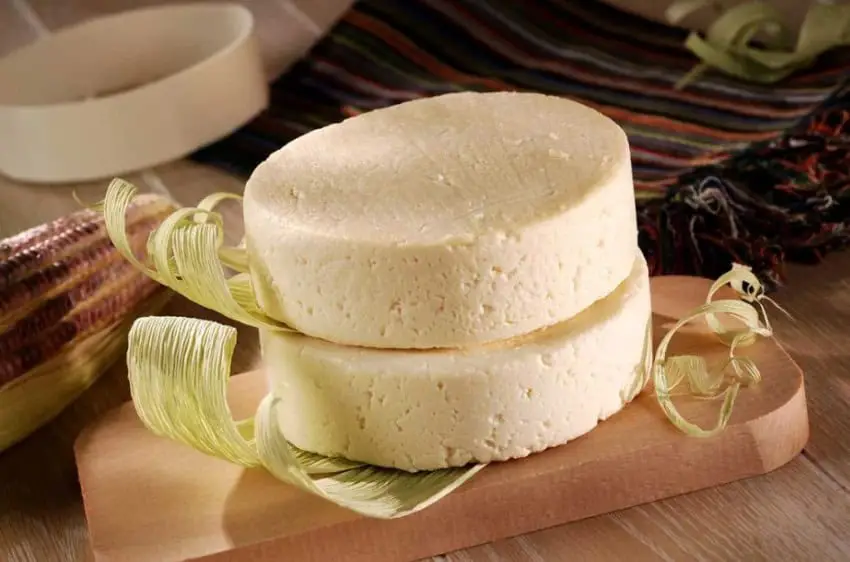

Fresh and bright, this cheese is a staple in Mexican cuisine, with roots in traditional cheesemaking practices that date back generations. Made simply by heating cow’s milk and curdling it with an acid like vinegar or lime juice, queso fresco has a slightly tangy flavor and curd-like texture that adds a burst of freshness to any dish. Its soft, crumbliness makes it a favorite topping to a wide variety of foods, including tacos, soups, beans, salads, enchiladas and tostadas, where it provides a cool, creamy contrast.
Manchego: Not your Spanish grandpa’s cheese
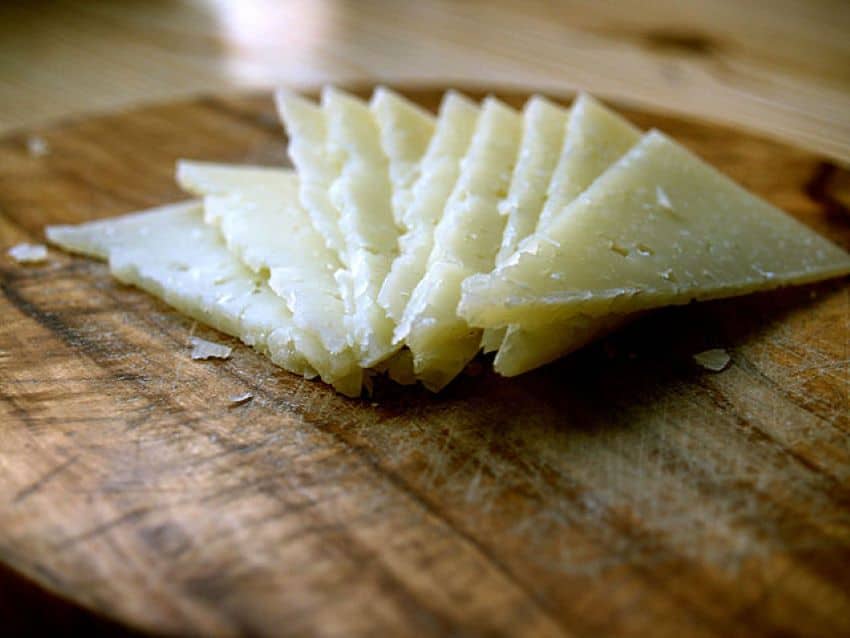

Manchego is ubiquitous in Mexico, but don’t get it confused with the Iberian variety. Though made with a similar production method, this cheese uses cow’s milk instead of the traditional sheep’s milk used in Spain, resulting in a milder, slightly nutty flavor and a creamy texture. Aged for several weeks, manchego is a popular choice for quesadillas, sandwiches and cheese platters, where its smooth flavor complements a variety of accompaniments including fruits and nuts.
Requesón: Sweet and savory
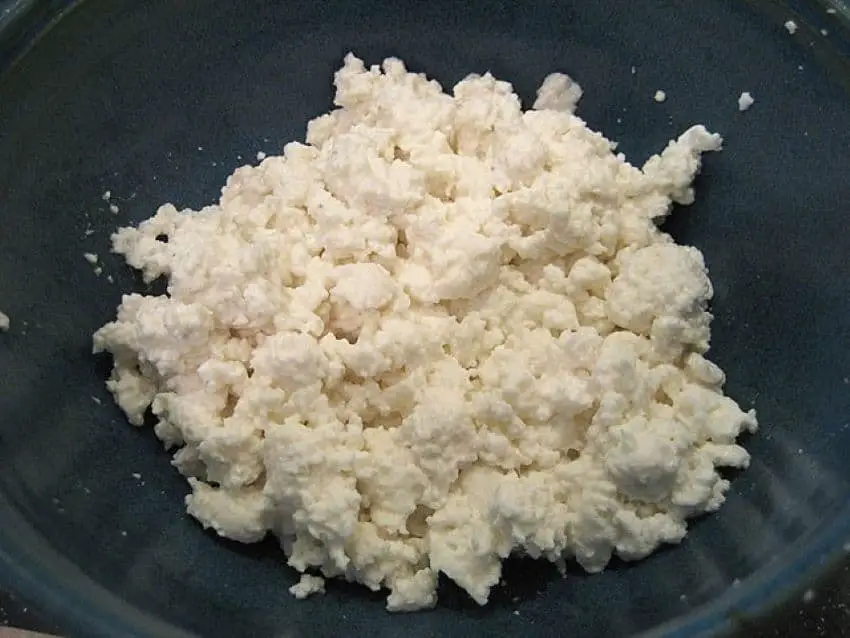

Mexico’s answer to ricotta, this versatile cheese showcases the resourcefulness of Mexican cheesemakers. Made from the whey leftover from other cheese production, requesón has a mild, slightly sweet flavor and a creamy mini-curd-like consistency.
In Mexican kitchens, you’ll find requesón used in a variety of both savory and sweet dishes. It’s a common filling for enchiladas and lasagna and a key ingredient in many traditional desserts and pastries. Sometimes it’s also consumed for breakfast, along with honey and fresh fruit.
Queso Chihuahua: The melt master
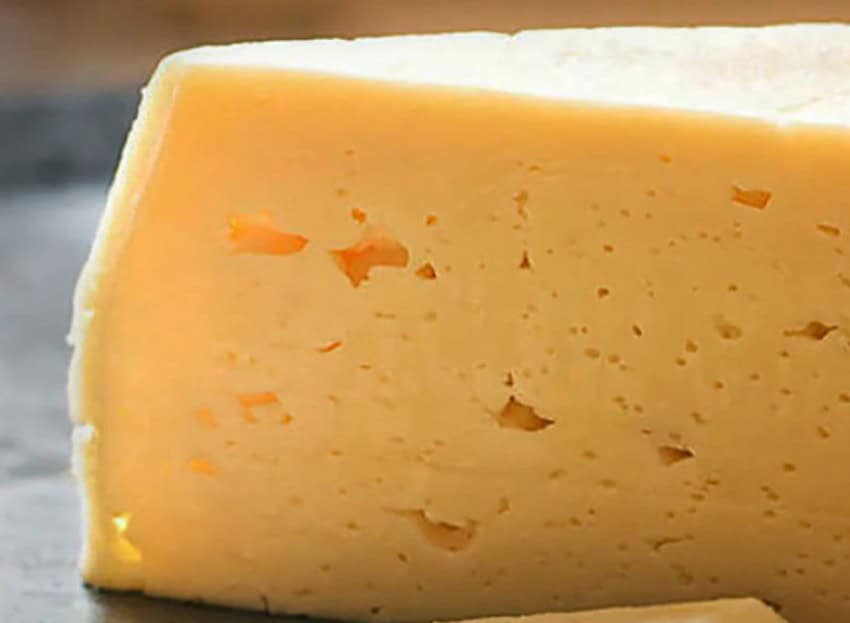

Also known as queso menonita, this cheese has become a cornerstone of Mexican cuisine since its introduction by Mennonite settlers in the early 20th century. Originating in the state of the same name, queso Chihuahua is characterized by its smooth, melting qualities, mild, buttery flavor and a semi-soft texture that becomes creamy when melted. Queso Chihuahua’s superior melting properties make it the go-to cheese for queso fundido, quesadillas and enchiladas, as well as a topping for nachos.
Queso crema: Smooth operator


This soft, creamy cheese is Mexico’s version of cream cheese. Made from cow’s milk and cream, queso crema has a smooth, spreadable texture and a mild, slightly tangy flavor. In Mexican cuisine, it’s a versatile ingredient used in both savory and sweet dishes.
You’ll find queso crema as a base for dips and sauces, often mixed with herbs and spices to create flavorful spreads. It’s also commonly used as a topping for baked potatoes and nachos, adding a rich, creamy element. In desserts, queso crema finds its way into cheesecakes and crepes, where its subtle tanginess balances sweetness perfectly.
Asadero: Gooey superstar
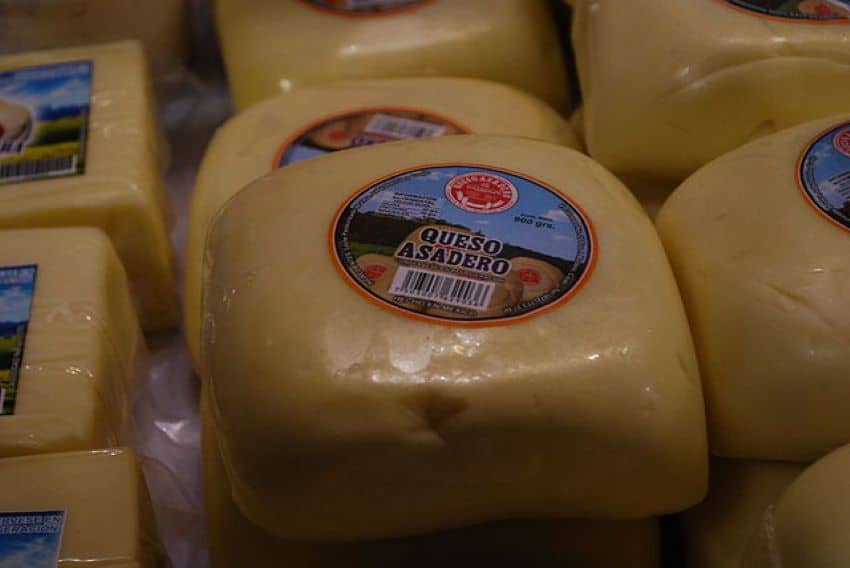

Originating in the northern regions of Mexico, asadero is renowned for its excellent melting qualities. This semi-soft cheese, made from cow’s milk, has a smooth, creamy texture and a mild, almost-sweet flavor. Asadero is a favorite for chiles, rellenos, quesadillas, cheese dips and as a topping for various baked dishes, where it provides a rich, creamy element that elevates the flavors of the entire dish.
Queso de bola: Waxy on the outside, soft at heart
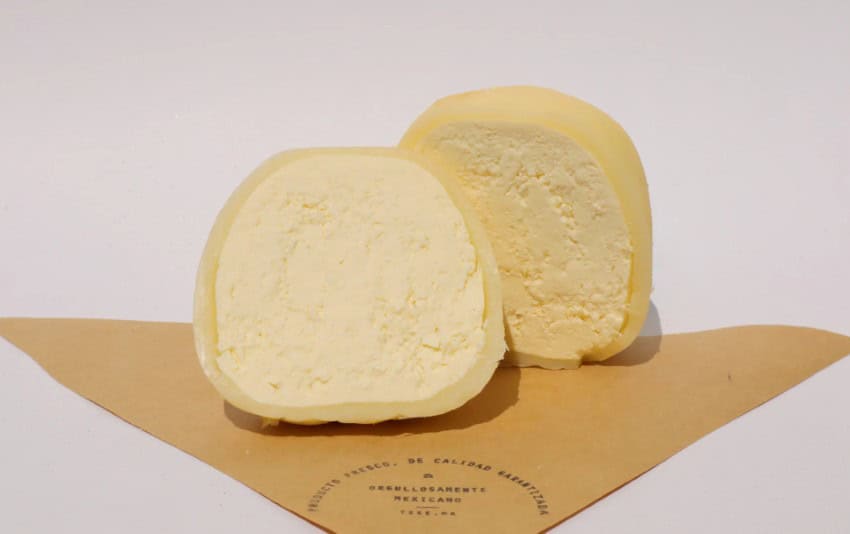

Also known as queso holandés, this semi-hard cheese is a cheese with a fascinating history that connects Mexico and the Netherlands. With its characteristic red wax coating and yellowish innards, this cheese is derived from the Dutch Edam cheese, which was introduced to Mexico, particularly the Yucatán Peninsula, in the late 19th century.
Queso de bola is made primarily from cow’s milk and has a firm, slightly creamy texture. The slightly nutty flavor, which becomes more pronounced as it ages, makes it a favorite for cheese boards and traditional Yucatecan dishes such as queso relleno and marquesitas.
Honorable mentions
- Queso reata: A cheese from Veracruz with a firm texture and mild flavor, often used in dishes like enchiladas and quesadillas.
- Queso criollo: A mild, versatile cheese with a smooth texture, commonly used in a variety of tacos and salads.
- Queso de poro: Originating from Tabasco, this cheese has a crumbly texture and a slightly tangy flavor, making it suitable for use in dishes like tamales and empanadas.
- Adobera: A semi-soft cheese with a mild, slightly tangy flavor, often used in tortas and quesadillas.
- Queso tenate: Known for its firm texture and mild taste, this cheese is used mostly in soups and casseroles.
- Queso añejo: An aged cheese with a sharp, salty flavor and crumbly texture, typically used as a topping for tacos, soups and salads.
How many of these have you checked off your cheesy bucket list? Which are your favorites? Let us know in the comments below.
Monica Belot is a writer, researcher, strategist and adjunct professor at Parsons School of Design in New York City, where she teaches in the Strategic Design & Management Program. Splitting her time between NYC and Mexico City, where she resides with her naughty silver Labrador puppy Atlas, Monica writes about topics spanning everything from the human experience to travel and design research. Follow her varied scribbles on Medium at https://medium.com/@monicabelot.
Source: Mexico News Daily

